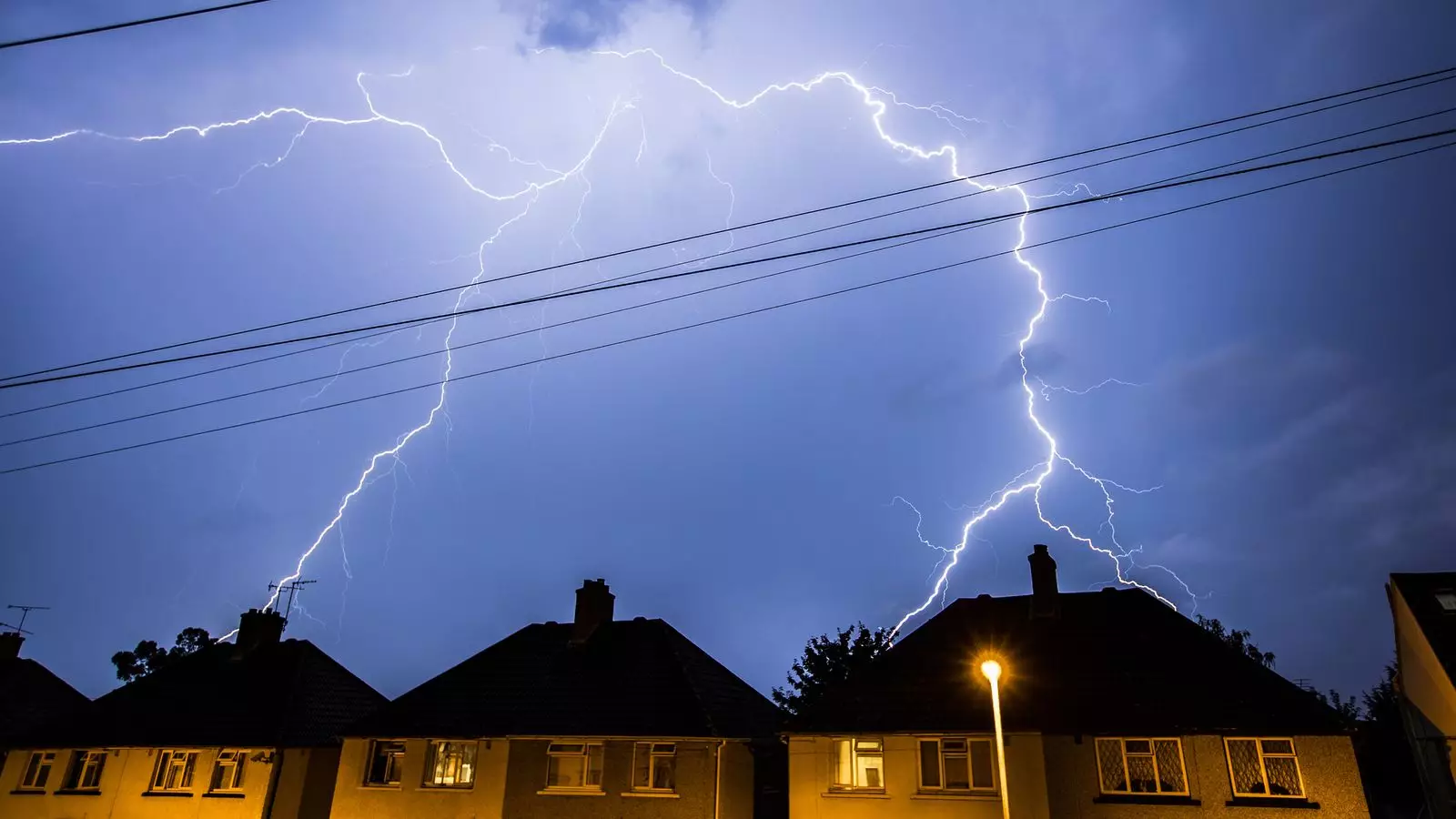In a stark illustration of climate unpredictability, parts of England find themselves caught in a bewildering paradox: severe drought conditions coexisting with imminent and intense flooding. This contradiction underscores a profound flaw in how society perceives and prepares for weather patterns. On one hand, the country witnesses its driest start to a year since 1976, with reservoirs levels plummeting and water restrictions tightening, yet suddenly, the skies threaten to pour down torrents capable of causing catastrophic flooding. It reveals the dangerous shortsightedness of climate planning, exposing the myth that weather extremes are isolated or manageable in silos. Atmospheric systems are becoming more chaotic, complicating forecasts and forcing us to confront an unsettling reality: climate change is fueling a cycle of instability, where drought and flood are not mutually exclusive but parts of a disorienting continuum.
The Illusion of Control and the Hidden Risks
Public authorities and communities often operate under a false sense of control — believing that forecasts and warnings are sufficient buffers against Nature’s fury. However, the recent weather alerts highlight the fragile safety nets in place. The Met Office’s amber and yellow warnings serve as stark reminders that much of the infrastructure—roads, homes, power grids—is vulnerable to the increasing frequency and intensity of weather disasters. The threat of floodwaters cutting off entire communities, damaging property, and disrupting daily life is no longer theoretical but imminent. These warnings expose a lack of preparedness rooted not only in infrastructure but also in societal complacency. It is a dangerous illusion that modern technology and planning are enough to fully mitigate such natural events, especially as climate patterns become less predictable.
Climate Journalism and the Power of Fright
Media coverage plays a crucial role in shaping public perception—yet, often, it sensationalizes or, conversely, downplays the severity of weather threats. The intense language used by forecasters and weather producers—“torrential,” “likely,” “devastating”—aims to galvanize precaution but risks fostering panic rather than proactive resilience. This imbalance reveals a deeper failure: the urgent need for nuanced climate journalism that informs without sensationalism, empowering communities to adapt rather than panic. Fright alone doesn’t foster solutions; it must be paired with meaningful action. As weather patterns grow more volatile, the media should challenge policymakers to prioritize resilient infrastructure, equitable resource distribution, and long-term climate strategies instead of reactive firefighting.
The Policy Blind Spot: Short-Termism and Long-Term Risks
Policy responses are often shortsighted, focused on immediate crises rather than systemic change. The water restrictions amid a backdrop of drought, contrasted with intense flood warnings, reveal a government caught in reactive paralysis. Short-term fixes—hosepipe bans and emergency alerts—do little to address underlying causes of climate instability. What is sorely needed is a shift in policy mindset towards resilient, sustainable infrastructure investments that can withstand both extremes. The current situation demonstrates the failure of longstanding planning that favors quick fixes over adaptive thinking. If future generations are to survive and thrive amid these unpredictable climates, policymaking must evolve into a proactive enterprise centered on resilience, sustainability, and social equity.
The Social and Economic Toll of Nature’s Contradictions
Flooding and drought are not just environmental issues—they are socio-economic crises. As communities face potential isolation, property damage, and disruptions to daily life, the economic costs deepen. From insurance premiums rising to businesses shuttering due to flood or drought damages, the social fabric frays further. Vulnerable populations suffer disproportionate impacts, compounding existing inequalities. The narrative must therefore shift from viewing climate events as isolated incidents to recognizing them as interconnected challenges demanding comprehensive societal responses. Climate resilience isn’t just about infrastructure; it’s about community strength, social justice, and equitable resource allocation. Unless these elements are prioritized, the cycle of suffering—fueled by nature’s relentless and unpredictable shifts—will only intensify.
Striking a Balance: Embracing Uncertainty and Acting Decisively
What the current weather chaos exposes most starkly is that certainty is an illusion. Our forecasts, while improving, remain subject to the inherent unpredictability of nature. Yet, in the face of uncertainty, decisive action remains imperative. Society must acknowledge that climate change has unlocked a new era of volatility—one where extreme weather is becoming the norm rather than the exception. This means rethinking how we build, plan, and live. Urban design must incorporate flood defenses and drought mitigation strategies; policy must prioritize sustainable water management and climate adaptation; communities must foster resilience and local knowledge. The challenge is enormous, but inevitable. Embracing uncertainty means acting with urgency, humility, and a collective commitment to safeguarding the future against the upheavals we can no longer deny.


Leave a Reply